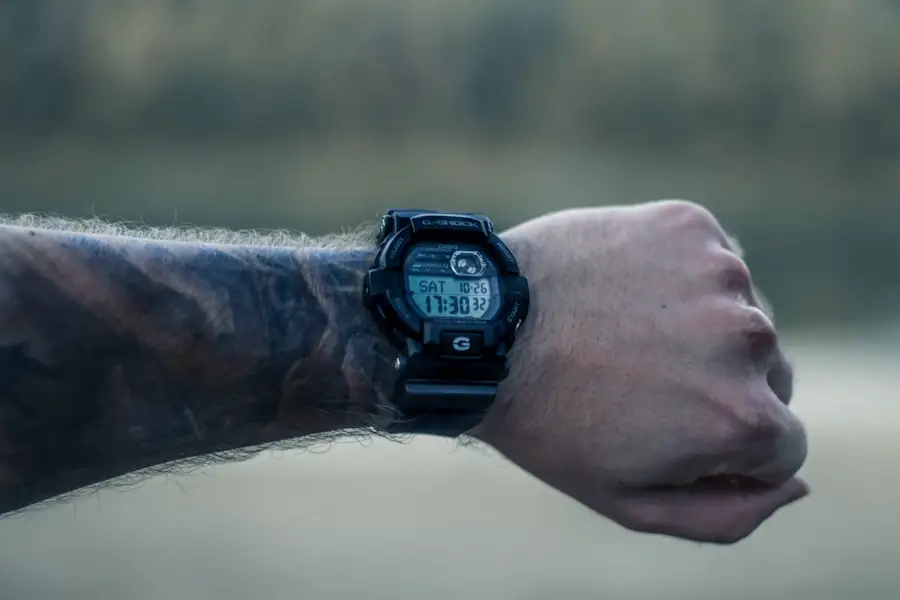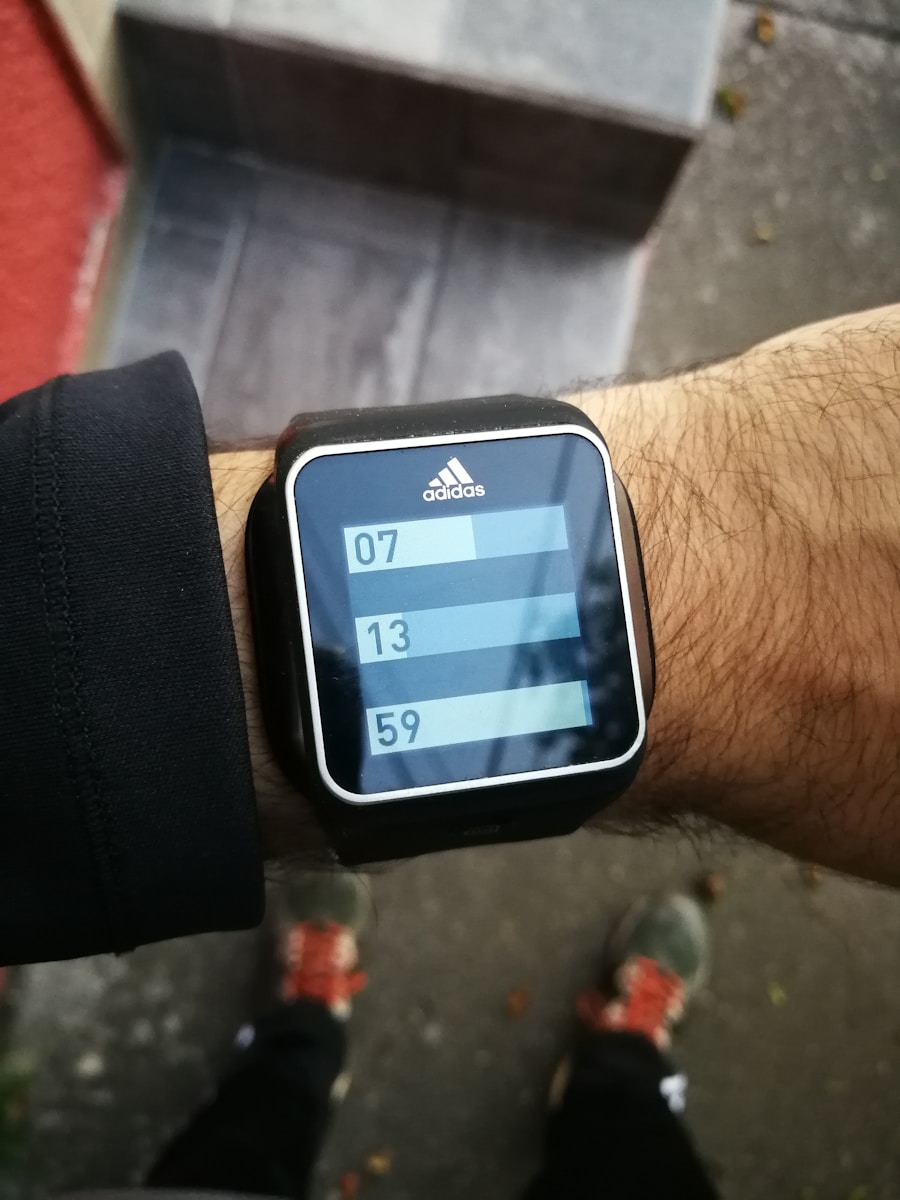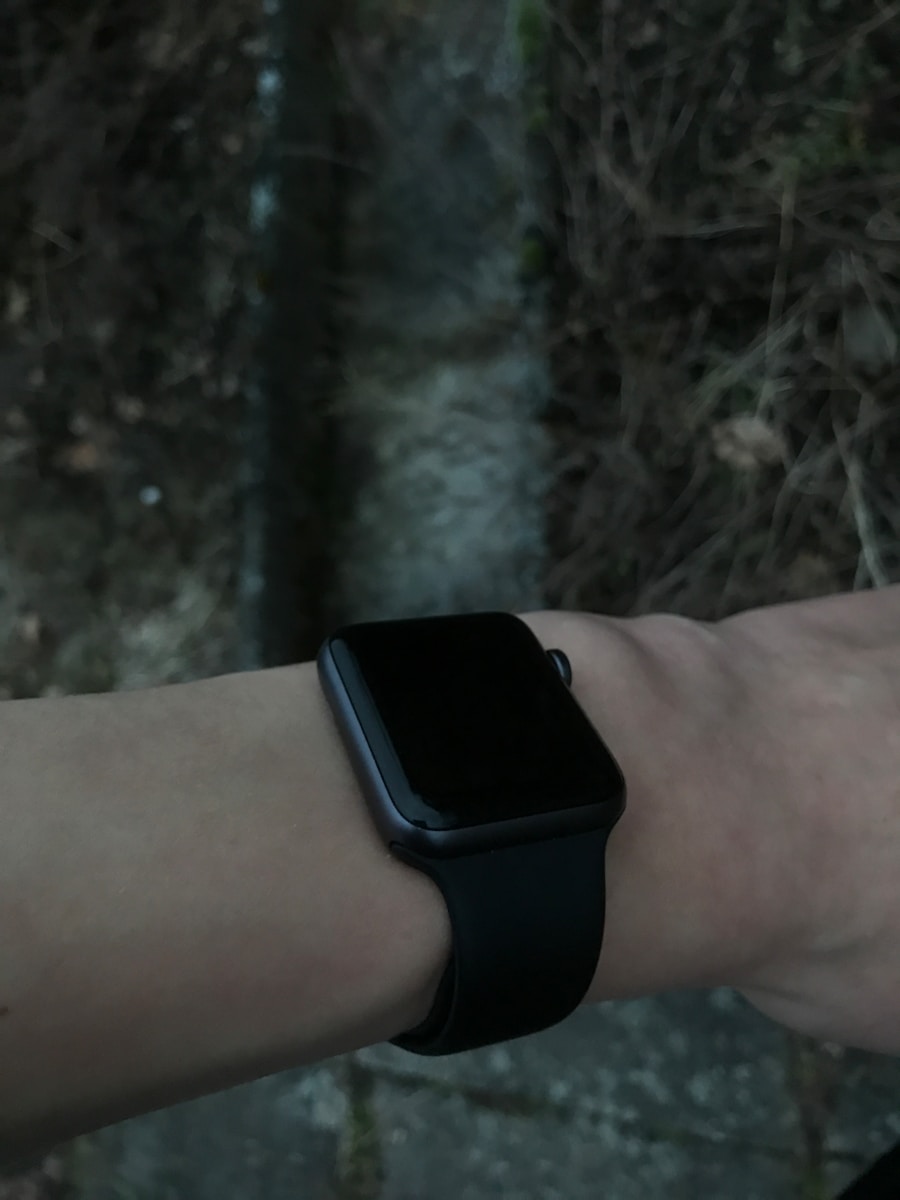Hiking is more than just a recreational activity; it is a multifaceted pursuit that offers a plethora of benefits for both the body and mind. Engaging in this outdoor activity allows individuals to immerse themselves in nature, which has been shown to have restorative effects on mental well-being. The simple act of walking through a forest or along a mountain path can reduce stress levels, enhance mood, and promote feelings of happiness.
Studies have indicated that spending time in natural environments can lower cortisol levels, the hormone associated with stress, thereby fostering a sense of tranquility and relaxation. Physically, hiking serves as an excellent form of cardiovascular exercise. It engages multiple muscle groups, including the legs, core, and even the upper body when using trekking poles.
This full-body workout not only improves cardiovascular health but also enhances muscular strength and endurance. Regular hiking can lead to improved bone density, better joint health, and increased flexibility. Furthermore, the weight-bearing nature of hiking helps in maintaining a healthy weight and can contribute to weight loss when combined with a balanced diet.
The combination of physical exertion and the beauty of nature creates a holistic experience that nurtures both physical fitness and emotional resilience.
Key Takeaways
- Hiking offers numerous physical and mental health benefits, including improved cardiovascular health, stress reduction, and increased strength and endurance.
- Hiking can burn a significant amount of calories, with the exact amount depending on factors such as weight, speed, and terrain.
- When choosing a hiking trail, consider factors such as difficulty level, distance, and elevation gain to ensure a safe and enjoyable experience.
- Essential items to pack for a hike include water, snacks, appropriate footwear, navigation tools, and emergency supplies.
- To stay safe while hiking, it’s important to stay hydrated, be aware of wildlife, and follow trail markers and signs.
How Hiking Burns Calories
Caloric Expenditure on Moderate Terrain
On average, a person weighing around 155 pounds can burn approximately 430 to 480 calories per hour while hiking on moderate terrain.
The Impact of Terrain and Incline
Hiking uphill not only requires more energy but also engages more muscle groups, leading to higher calorie burn compared to walking on flat surfaces. Moreover, the type of terrain plays a crucial role in determining how many calories are burned during a hike. Rocky paths, steep hills, and uneven ground require greater effort and concentration, which translates into higher energy expenditure.
Maximizing Physical Benefits
Hiking in diverse environments—such as mountainous regions or rugged trails—can significantly enhance the workout’s intensity. Additionally, incorporating intervals of brisk walking or jogging during a hike can further elevate heart rate and calorie burn. This variability in pace not only keeps the hike interesting but also maximizes the physical benefits.
Choosing the Right Hiking Trail

Selecting an appropriate hiking trail is essential for ensuring an enjoyable and safe experience. Factors such as skill level, physical fitness, and personal preferences should guide this decision. Beginners may want to start with well-marked trails that offer gentle slopes and manageable distances.
These trails often provide opportunities to appreciate nature without overwhelming the hiker with challenging terrain. Local parks or nature reserves frequently have beginner-friendly paths that are ideal for those new to hiking. For more experienced hikers seeking a challenge, trails that feature steep ascents or rugged landscapes can provide an exhilarating experience.
Researching trail ratings—often categorized as easy, moderate, or difficult—can help hikers gauge what to expect. Additionally, considering the season is crucial; some trails may be inaccessible during winter months due to snow or ice, while others may be best enjoyed in spring or fall when temperatures are milder and foliage is vibrant. Online resources and hiking apps can offer valuable insights into trail conditions, user reviews, and detailed maps to aid in making informed choices.
What to Pack for a Hike
| Item | Quantity | Importance |
|---|---|---|
| Water | 2 liters | High |
| Snacks | Trail mix, energy bars | High |
| Map and compass | 1 set | High |
| Sunscreen | 1 bottle | Medium |
| First aid kit | 1 kit | High |
| Multi-tool | 1 tool | Medium |
| Extra clothing | 1 set | Medium |
| Flashlight/headlamp | 1 | High |
Packing appropriately for a hike is vital for comfort and safety. The essentials typically include water, snacks, navigation tools, and first-aid supplies. Hydration is paramount; carrying enough water to last throughout the hike is crucial, especially on warm days or during strenuous climbs.
A general guideline is to drink about half a liter of water for every hour of hiking. In addition to water, nutritious snacks such as trail mix, energy bars, or fruit can provide necessary fuel to maintain energy levels. Clothing is another critical aspect of packing for a hike.
Layering is recommended to accommodate changing weather conditions; breathable base layers wick moisture away from the skin while insulating layers provide warmth when needed. A waterproof outer layer can protect against rain or wind. Footwear should not be overlooked; sturdy hiking boots with good traction are essential for navigating uneven terrain safely.
Other items such as sunscreen, insect repellent, and a hat can enhance comfort during outdoor excursions. A well-prepared hiker is more likely to enjoy their adventure without unnecessary discomfort or risk.
Staying Safe While Hiking
Safety should always be a top priority when embarking on a hiking adventure. One of the most effective ways to ensure safety is by informing someone about your hiking plans before heading out. Sharing details such as your intended route and estimated return time can be crucial in case of emergencies.
Additionally, it is wise to hike with a buddy whenever possible; having a companion not only enhances safety but also makes the experience more enjoyable. Understanding the environment is equally important for staying safe on the trail. Familiarizing oneself with potential hazards—such as wildlife encounters or unstable terrain—can help hikers prepare adequately.
Carrying a basic first-aid kit is advisable for addressing minor injuries like cuts or blisters that may occur during the hike. Moreover, being aware of weather conditions is essential; sudden changes in weather can pose risks such as hypothermia or heat exhaustion. Checking forecasts before heading out and being prepared to turn back if conditions worsen can prevent dangerous situations.
Tips for Beginners

For those new to hiking, starting off on the right foot can make all the difference in cultivating a love for this outdoor activity. One key tip is to begin with shorter hikes that allow for gradual acclimatization to longer distances and more challenging terrains. This approach helps build confidence and stamina without overwhelming beginners.
It’s also beneficial to choose trails that are well-marked and frequented by other hikers; this provides reassurance and support along the way. Another important aspect for beginners is to invest in quality gear without breaking the bank. While high-end equipment can enhance comfort and performance, it’s possible to find affordable options that still provide adequate support and protection.
Prioritizing good footwear is essential; comfortable shoes designed for hiking can prevent blisters and foot fatigue. Additionally, learning basic navigation skills—such as reading maps or using GPS devices—can empower beginners to explore new trails confidently while minimizing the risk of getting lost.
Hiking for Mental Health
The mental health benefits of hiking are profound and well-documented. Engaging with nature has been shown to alleviate symptoms of anxiety and depression while promoting overall emotional well-being. The rhythmic motion of walking combined with fresh air and natural surroundings creates an environment conducive to mindfulness—a state where individuals can focus on the present moment rather than ruminating on past worries or future anxieties.
This meditative aspect of hiking allows individuals to clear their minds and reconnect with themselves. Moreover, studies have indicated that spending time outdoors can enhance cognitive function and creativity. The concept of “nature therapy” suggests that exposure to natural settings can lead to improved problem-solving skills and increased creativity due to reduced mental fatigue.
Many hikers report experiencing moments of clarity or inspiration while on the trail, making it an ideal activity for those seeking mental rejuvenation alongside physical exercise.
Exploring New Hiking Trails
Exploring new hiking trails adds an element of adventure and excitement to the hiking experience. Each trail offers unique landscapes, flora, and fauna that contribute to its distinct character. Discovering new paths not only broadens one’s appreciation for nature but also provides opportunities for personal growth through overcoming challenges presented by unfamiliar terrains.
Many hikers find joy in documenting their journeys through photography or journaling about their experiences on different trails. To find new trails, utilizing online resources such as hiking forums, social media groups dedicated to outdoor activities, or local hiking clubs can be incredibly beneficial. These platforms often share recommendations based on personal experiences and provide insights into hidden gems that may not be widely known.
Additionally, participating in guided hikes led by experienced leaders can introduce newcomers to less-traveled paths while ensuring safety and enjoyment throughout the journey. Embracing the spirit of exploration fosters a deeper connection with nature and encourages lifelong learning through outdoor adventures.
If you’re looking to burn some calories while hiking, you may want to consider investing in one of the 5 Must-Have Minimalist Travel Backpacks for Spring Adventures 2025. Having a lightweight and comfortable backpack can make your hiking experience more enjoyable and help you stay active. Plus, with the right gear, you’ll be able to carry all the essentials you need for a successful hike.
FAQs
What is hiking?
Hiking is a form of outdoor physical activity that involves walking on trails or paths in natural environments such as forests, mountains, and parks.
How many calories are burned in hiking?
The number of calories burned in hiking depends on various factors such as the individual’s weight, the intensity of the hike, and the terrain. On average, a person can burn between 430-550 calories per hour of hiking.
What factors affect the number of calories burned in hiking?
Factors that can affect the number of calories burned in hiking include the individual’s weight, the speed and intensity of the hike, the incline and terrain of the trail, and the duration of the hike.
How can I calculate the calories burned in hiking?
There are various online calculators and fitness apps that can help estimate the number of calories burned in hiking based on factors such as weight, distance, and elevation gain. These tools can provide a rough estimate of the calories burned during a hike.
What are the health benefits of hiking?
Hiking offers numerous health benefits, including improved cardiovascular fitness, muscle strength and endurance, stress reduction, and mental well-being. It also provides an opportunity for connecting with nature and enjoying the outdoors.
